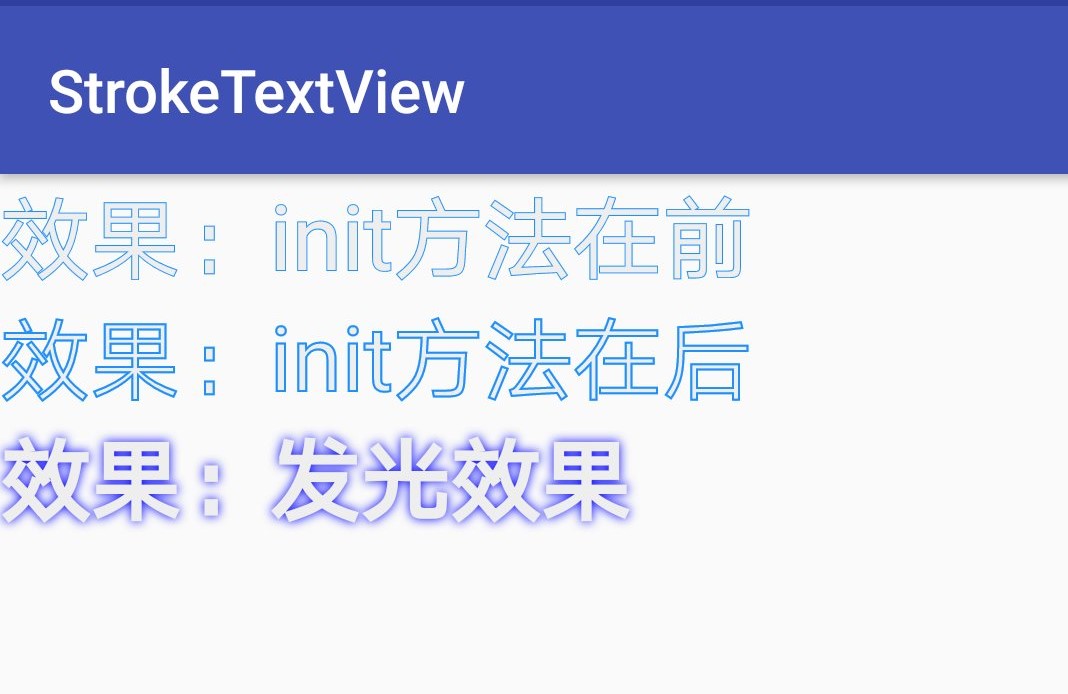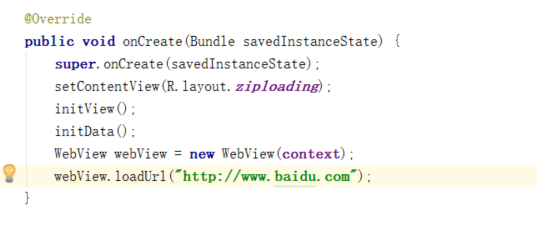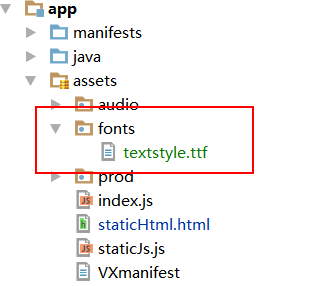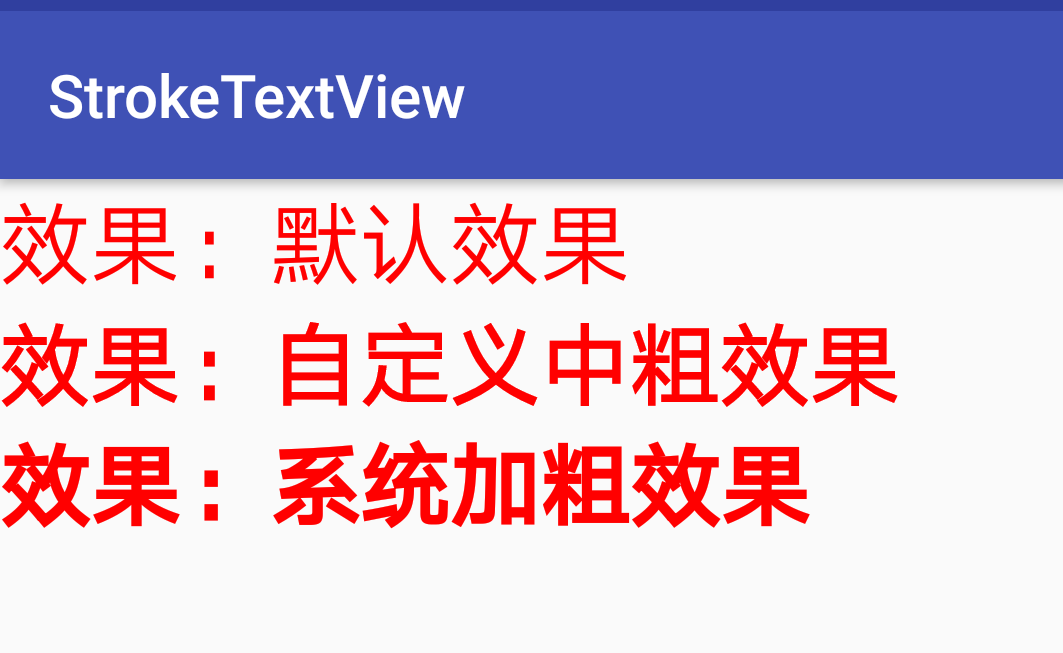我的工作环境是
Eclipse heliose,Android 1.6
我已经创建了一个tableLayout,其中列和行已成功添加,每个单元格都有一个textView和一个EditText,我在访问每个单元格时遇到问题,需要在单元格内的每个editText中添加addTextChangedListener.所以我需要将英文文本更改为指示文本.请提出解决方案
/**
* Here we are going to define the grid The Grid has 1. grid's value in the
* particular position 2.
*/
public void setGrid() {
String questionNumber[] = null;
Typeface fontface = Typeface.createFromAsset(getAssets(),"fonts/padmaa.ttf");
/*
* Table layout for the crossword elements
*/
TableLayout tableLayout = (TableLayout) findViewById(R.id.crosswordTableLayout);
tableLayout.setGravity(Gravity.TOP);
tableLayout.setBackgroundColor(Color.WHITE);
tableLayout.setScrollContainer(true);
for (int i = 0; i < sizeOfGrid; i++) {
/*
* This table row params is used to set the layout params alone we
* are not going to use this anywhere
*/
TableRow.LayoutParams tableRowParams = new TableRow.LayoutParams(LayoutParams.WRAP_CONTENT,LayoutParams.WRAP_CONTENT);
tableRowParams.setMargins(1,1,1);
tableRowParams.height = 30;
tableRowParams.gravity = Gravity.TOP;
/*
* Defining the row element for the crossword
*/
TableRow tableRow = new TableRow(this);
tableRow.setBackgroundColor(Color.WHITE);
tableRow.setPadding(1,0);
tableRow.setGravity(Gravity.TOP);
tableRow.setLayoutParams(tableRowParams);
for (int j = 0; j < sizeOfGrid; j++) {
/*
* (1).Here we are defining headerTextView to set the clue
* numbers.
* 2).columnEditText = a edit text view used to get the user
* i/p data
*/
TextView headerTextView = new TextView(this);
columnEditText = new EditText(this);
headerTextView.setGravity(Gravity.TOP);
headerTextView.setTextSize(10);
headerTextView.setEnabled(false);
headerTextView.setHeight(30);
headerTextView.setWidth(10);
headerTextView.setTextColor(Color.BLACK);
/* Override the edittext that has been created */
columnEditText = (EditText) getLayoutInflater().inflate(R.layout.tablexml,null);
columnEditText.setHeight(30);
columnEditText.setWidth(25);
/*
* LinearLayout to arrange the two text view in a vertical
* position
*/
LinearLayout headerLinearLayout = new LinearLayout(tableRow.getContext());
headerLinearLayout.setOrientation(LinearLayout.VERTICAL);
headerLinearLayout.addView(headerTextView);
/*
* LinearLayout to arrange the first Linearlayout and Edit text
* in a horizontal position
*/
LinearLayout cellLinearLayout = new LinearLayout(tableRow.getContext());
cellLinearLayout.setOrientation(LinearLayout.HORIZONTAL);
cellLinearLayout.addView(headerLinearLayout);
cellLinearLayout.addView(columnEditText);
/*
* Here we are setting the table's vertical border by some
* workaround methods
*/
cellLinearLayout.setLayoutParams(tableRowParams);
/*
* the column with complete black
*/
if (cellValueArr[i][j] == null) {
columnEditText.setBackgroundColor(Color.BLACK);
headerTextView.setBackgroundColor(Color.BLACK);
headerTextView.setGravity(Gravity.TOP);
tableRow.setBackgroundColor(Color.BLACK);
columnEditText.setEnabled(false);
} else {
/*
* column with values and question numbers
*/
tableRow.setBackgroundColor(Color.BLACK);
if (quesNumArr[i][j] == null) {
columnEditText.setBackgroundColor(Color.WHITE);
headerTextView.setBackgroundColor(Color.WHITE);
} else if (quesNumArr[i][j] != null) {
/*
* column without question number
*/
questionNumber = quesNumArr[i][j].split("~");
quesArrList.add(questionNumber[1]);
headerTextView.setText(questionNumber[1]);
headerTextView.setTextColor(Color.BLACK);
headerTextView.setBackgroundColor(Color.WHITE);
columnEditText.setBackgroundColor(Color.WHITE);
}
}
columnEditText.setId(i);
headerTextView.setId(i);
/* add the linear layout to the row values */
tableRow.addView(cellLinearLayout);
int childCount = tableRow.getChildCount();
System.out.println("Child Count ::" + childCount);
LinearLayout linearChild = (LinearLayout) tableRow.getChildAt(columnEditText.getId());
colText = (EditText) linearChild.getChildAt(1);
System.out.println("GET ID " + linearChild.getChildAt(1).getId());
colText.addTextChangedListener(new TextWatcher() {
@Override
public void onTextChanged(CharSequence seq,int start,int before,int count) {
// TODO Auto-generated method stub
if (seq.length() > 0 & before == 0) {
final String charSequence = String.valueOf(seq);
final String engChar = String.valueOf(seq.charAt(seq.length() - 1));
println("GUJ :: currentlatin ===> " + engChar + " :: charSequence ==>" + seq);
// Method For Type Char
List softList = conv.getSoftKeyPressForChar(engChar,getApplicationContext(),seq);
charSeq = (String) softList.get(0);
Typeface fontface1 = Typeface.createFromAsset(getApplicationContext().getAssets(),"fonts/padmaa.ttf");
colText.setTypeface(fontface1,Typeface.NORMAL);
colText.setText(charSeq);
// for placing the cursor position
colText.clearFocus();
colText.requestFocus();
}
}
@Override
public void beforeTextChanged(CharSequence s,int count,int after) {
// TODO Auto-generated method stub
}
@Override
public void afterTextChanged(Editable s) {
// TODO Auto-generated method stub
System.out.println("AFTER TEXT CHANGE");
}
});
}
/* add the row values to the table layout */
tableLayout.addView(tableRow);
}
}
解决方法
我没有整体查看代码.但从我最初的理解,你可以用这些方式做到,
>正如之前提到的那样,请进行网格视图.从最后一个评论到问题,我无法解决这个问题,但如果它有一些滚动问题,你可以尝试将一个布局边距底部调整到5 dp,这样它就不会被裁剪(如果是的话)你的意思是)>继续使用表格布局,创建一次TextWatcher()并在循环中按顺序添加它.如果你可以为每个元素设置setId或setTag,可能会很好,首先是editText获取名称,“editText1”,然后是“editText2”,依此类推.因此,在循环中,您可以基于循环索引访问每个元素.






